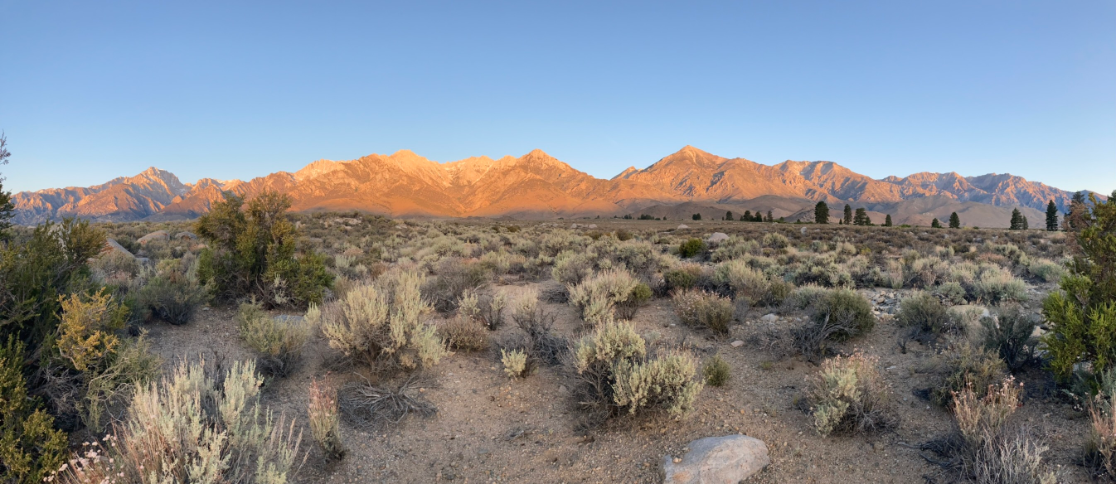How to Protect Birds in Your Own Backyard
/Nevada’s vast deserts, mountains, and wetlands are home to 495 bird species, from the familiar and abundant Lesser Goldfinch to the uncommon and threatened LeConte’s Thrasher. We all love to see and hear birds, but they also play vital ecological roles:
Sadly, bird populations across Nevada and beyond face many threats. In fact, one study estimates that the bird populations across North America have decreased by approximately 2.9 billion birds—a loss of more than one in four birds—since 1970 (Rosenberg et al, 2019). Some of the threats that cause these declines can seem large and intractable, and people who care about birds may wonder how they can make a difference. The good news is that there are many that ways we, as individuals, can help birds. Responsible cat ownership is a one important example. Free-roaming cats are a common sight around neighborhoods and rural areas. Some of these cats hunt and kill birds, small mammals and reptiles, and this predation can have species-level, community-level, and even ecosystem-level consequences. By keeping their pets indoors, cat owners can help reduce this threat. There are also many ways that we can improve the value of our back (or front!) yards as bird habitat and reduce the dangers to your avian visitors.
A Better Alternative for Cat Owners
Some cats travel farther than one might expect, while others do not wander far at all. Migratory birds such as Rufous Hummingbird and Willow Flycatcher are conservation priority species and share urban and suburban areas with humans and our pets in the spring and fall when they are actively migrating. Responsible pet ownership means more than just caring for your pet’s needs—it also means protecting local wildlife. One easy way to do this is by keeping cats indoors. Many cat owners worry, however, that doing so may interfere with a cat’s “natural” inclination to explore the outdoors. Enclosed cat play areas, often called catios, can solve this dilemma by providing your cat with a secure outdoor area where they can enjoy fresh air, direct sunlight, and the smells and sounds of the outdoors without posing a threat to local wildlife. If you are handy and have a little extra time, you can design and build a catio yourself. You can also purchase designs to follow, or have the whole project designed and constructed by professionals. A catio not only helps birds -- it can also add to the value and attractiveness of your house! The resources listed below can get you started.
Bird-Friendly Backyards
Your options for helping birds don’t stop with catios. By planting native shrubs and trees, installing birdbaths, and avoiding the use of harmful pesticides, bird enthusiasts can attract a variety of species. The resources listed below provide you with some tips and advice . If you have large windows, these can be a collision hazard for birds, so be sure to use decals or other visual clues to let birds know that your window is there. Protecting bird populations requires a collective effort. By making better, more conscientious choices about our pets, our house, and our yards, we can collectively make a difference and create safe spaces for birds and other wildlife.
Additional resources:
Bird Friendly Backyards:
https://www.audubon.org/news/how-make-your-yard-bird-friendly-0
https://www.nwf.org/-/media/PDFs/Garden-for-Wildlife/Gardening-Tips/Bird-Friendly_web
https://www.allaboutbirds.org/news/why-birds-hit-windows-and-how-you-can-help-prevent-it/
https://www.fws.gov/library/collections/bird-friendly-home-toolkit
Catios:
Further reading:
Rosenberg K.V., A. M. Dokter, P. J. Blancher, J. R. Sauer, A. C. Smith, P. A. Smith, J. C. Stanton, A. Panjabi, L. Helft, M. Parr and P. P. Marra. 2019. Decline of the North American avifauna. Science 366 (6461), 120-124. DOI: 10.1126/science.aaw1313. Originally published online September 19, 2019




